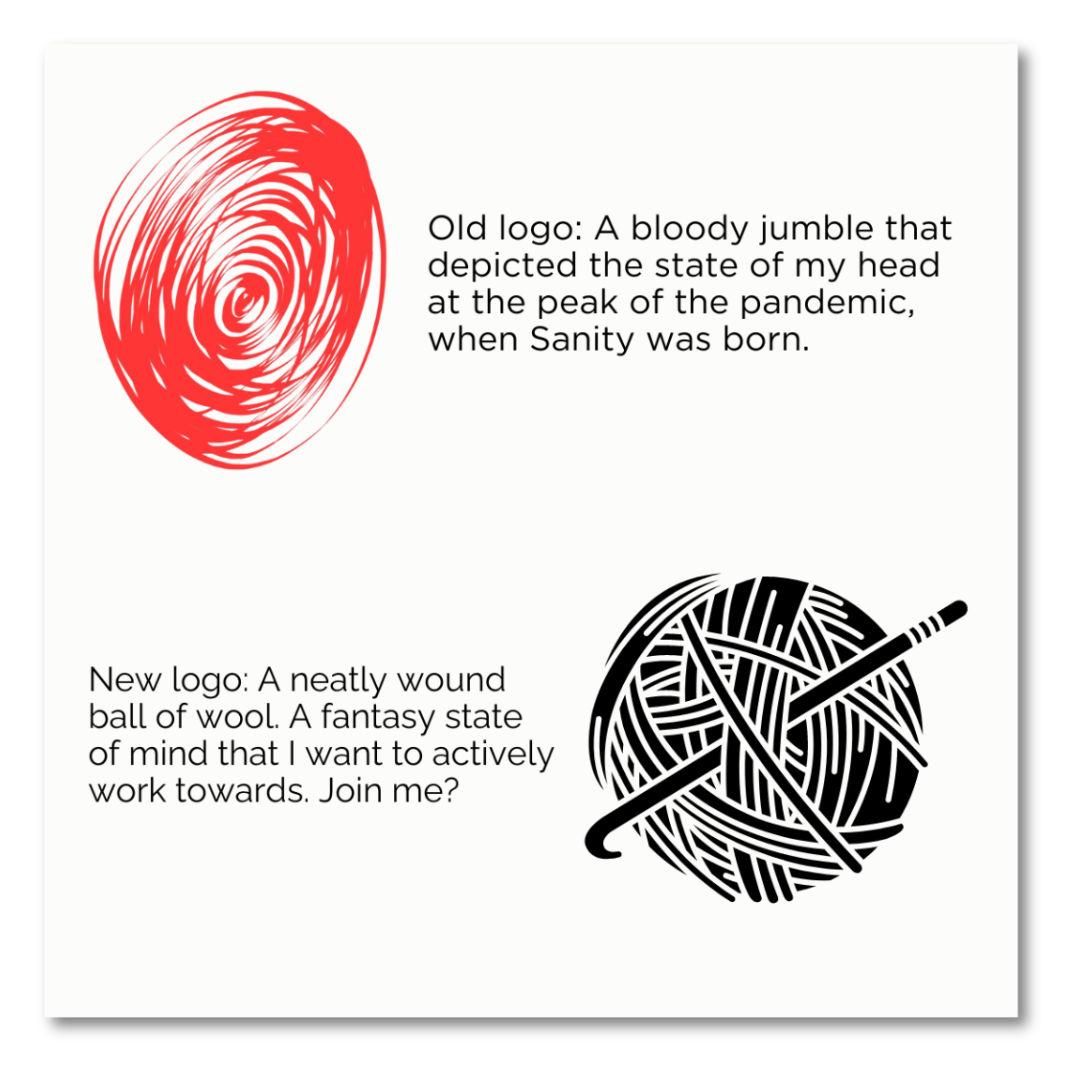
📜 Sanity Classics: Hope isn't what you think it is
Hope is not optimism.


Three years ago at this time, we lost so much to the pandemic.... I hold all of you in my thoughts.
This is going to be a longish edition, so settle down with with a cup of tea. And if you find peace in it, share it with at least three friends who could do with some in their lives.
Sanity is the child of cataclysm. I published its first edition in December 2020. I had just lost my job. My father was about to land up in the ICU. And Covid was marauding its way to taking 2 million lives across the planet.
Talking of hope felt vulgar at the time. And yet, hope was pressing its soft skull out of the trauma-soaked ground beneath our feet. You saw it in 'nature is healing' captions. In op-eds that claimed that the pandemic was setting up our civilisation for a great reset. Deep down we knew this was all a fantasy. Who knew what the afterworld would look like? But we were desperate, so desperate, to believe. What else could we do?
This was when I found the idea of radical hope, or it found me. Someone, I am sorry I don't remember who, recommended a book by that name. Hope and radical seemed contrary words, like ice and fire. I felt pulled to it. And, three years on, I still surrender to its embrace whenever I feel that the only thing I know about hope is how to spell it.
Radical hope is a way of life based on accepting that the world as we know it is falling apart, but a better world is possible — even though the exact shape and form of that world might be out of our grasp right now. It is frequently invoked in climate activism or rights and justice movements, where hope must mediate the tension between a bleak present and an uncertain future. The best part: It isn't just a warm, fuzzy idea. It's practical and actionable. Today, I want to share with you a 5-step guide I've been trying out as my own pathway to radical hope, including resources generously gifted by Sanity subscribers.
Disclaimer: Even though radical hope sounds sexy, the fact is it’s unthinkable right now for vast swathes of the world to hold on to any sense of hope. I don’t have answers to this, but I am not waiting for answers to start talking.
That’s precisely my goal with this exercise: to begin a conversation on radical hope — what it is and, more important, what it is not. This is my personal interpretation of the idea, shaped by my privilege. I’d love for you to dissect/debate these steps — what you believe might work for you and what might not — in the comments. Here we go.


